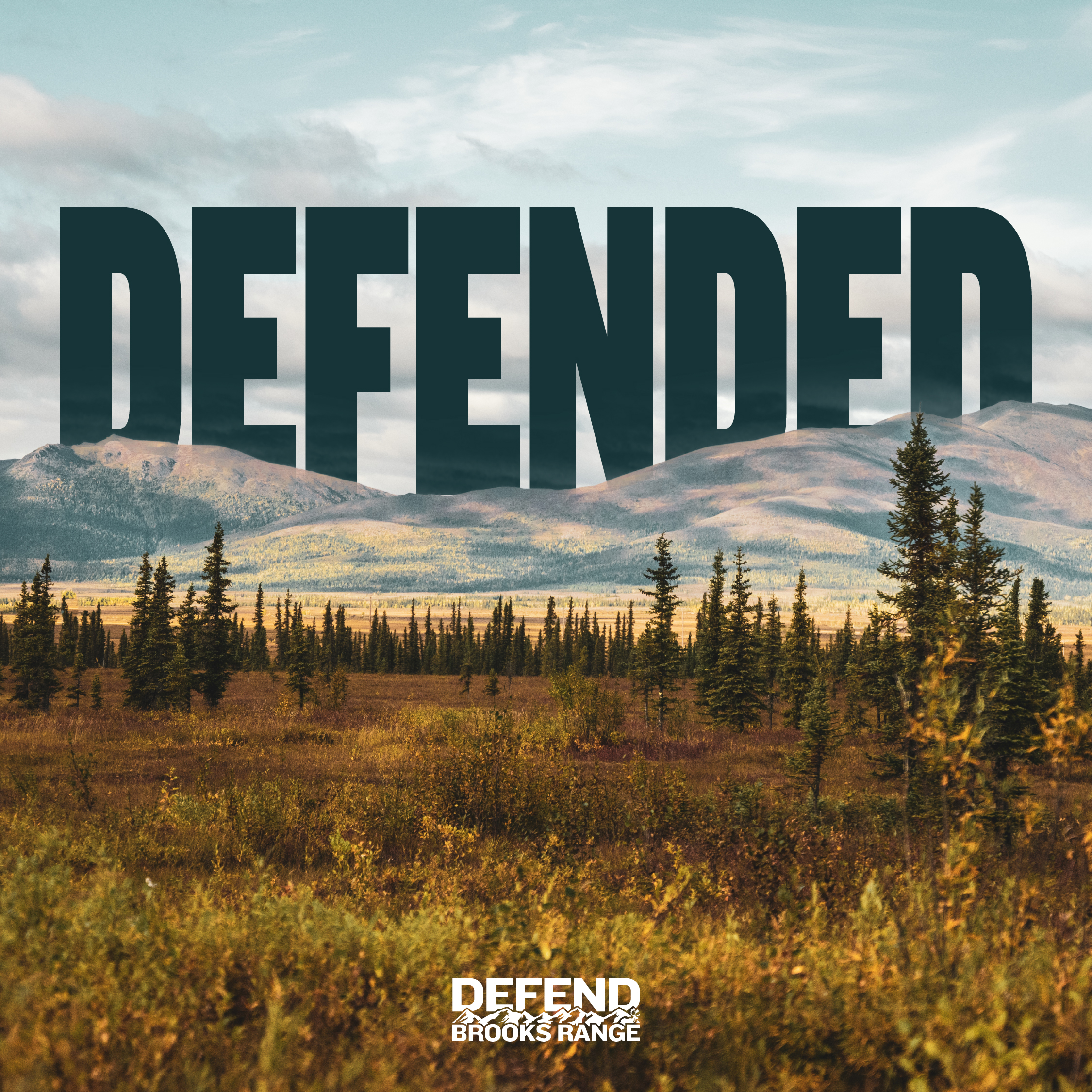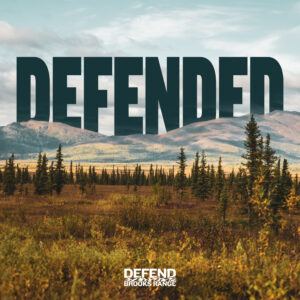
A big step toward no Ambler road + new rules protect more of the Arctic
By Dawnell Smith
We just got two pieces of great news that bring us closer to stopping destructive industrial activities in the southern Brooks Range and toward better protections for the western Arctic. Let’s start with the Interior Department’s preferred action on the Ambler road proposal. 
No action alternative = taking action for Arctic health
Yesterday, the U.S. Bureau of Land Management released a final supplemental environmental impact statement for the Ambler road proposal that says, “The BLM has identified the No Action Alternative as its preferred alternative because any of the action alternatives would significantly impact resources, including important subsistence resources and uses, in ways that cannot be adequately mitigated.” In other words, the “no action alternative” means leaving a place free of industrialization and saying no to this destructive project.
What this historic news means is that the agency may put the Ambler industrial road proposal—which is opposed by dozens of local communities and 88 individual Tribal governments across the region—into the dust bin of bad ideas. It also demonstrates the power of local communities and groups advocating for ecological health joining together to protect animals like caribou and fish, the health of land and water, and the ways of life of local people.
This news absolutely deserves a collective celebration! It also requires more work to ensure the agency finalizes its decision and officially says “no” to this project.
But there’s more to do!
As Suzanne Bostrom, our senior staff attorney focused on Ambler issues, said, “This announcement recognizes that this destructive project never should have been approved in the first place. The harm this industrial road would cause to local communities, Arctic health, and future generations eclipses the desires of Outside mining executives to stuff their bank accounts. We look forward to a final decision that uplifts health and abundance, not exploitation, and that puts the poorly planned and deeply flawed Ambler proposal to rest.”
 Though the agency’s environmental impact statement identified its preferred course of action, BLM still needs to issue a record of decision to officially adopt the no action alternative as its final decision. That process requires that it wait at least 30 days after the notice for the SEIS appears in the Federal Register.
Though the agency’s environmental impact statement identified its preferred course of action, BLM still needs to issue a record of decision to officially adopt the no action alternative as its final decision. That process requires that it wait at least 30 days after the notice for the SEIS appears in the Federal Register.
People advocating for the Arctic should continue telling the agency and Biden administration that they support stopping Ambler from devastating an area vital to so much life. We hope to see a final decision doing just that in the coming weeks.
Meanwhile, the legal work continues. We still have a pending lawsuit representing 11 groups that challenged multiple agencies as violating the law in making the first decision on Ambler. The outcome of this new decision will shape our next steps in that lawsuit.
Other entities might also file lawsuits challenging a good decision that supports sustaining life over extraction. The State of Alaska has already threatened to sue. The Alaska congressional delegation and others have already claimed that any decision that says no to this project would be illegal, but they’re wrong. The law does not guarantee a road across the Brooks Range; in fact, it requires that the government comply with numerous laws that protect fish, wildlife, water, and subsistence uses by local people. Without adequate protections or addressing the serious harms this project would cause, agencies cannot legally issue the permits.
And also, new rules provide better protections for the western Arctic
Yesterday, the Interior Department also finalized a set of rules that protects millions of acres in the western Arctic, or National Petroleum Reserve-Alaska, and provides a process for protecting even more.
 This announcement brings renewed recognition of a place vital to people and animals—a place inappropriately labeled decades ago as a “petroleum reserve” to justify exploiting and polluting a region that supports communities and abundant life. These new regulations lean into better protections by providing a means for setting aside more areas kept free of industrialization.
This announcement brings renewed recognition of a place vital to people and animals—a place inappropriately labeled decades ago as a “petroleum reserve” to justify exploiting and polluting a region that supports communities and abundant life. These new regulations lean into better protections by providing a means for setting aside more areas kept free of industrialization.
The rule will protect 13 million acres of the western Arctic or Reserve from oil and gas exploitation, taking an important step toward meeting global goals around biodiversity and climate. The Reserve is the largest single unit of public land in the nation, with vital habitats for polar bears, migratory birds, and an array of animals, including multiple caribou herds.
The new rules won’t change the harmful climate and ecological impacts of the Willow project—we’re still in court on that—but it will help protect important areas in the future and better address the harmful impacts of oil and gas.
We’ve been waiting for good news for some time and feel grateful to now celebrate these announcements that have taken years and decades of collective effort to achieve. There’s no “it’s over and done” in this work, but we plan to enjoy the sun and rest and friendship this weekend before returning to our work protecting Alaska next week.


